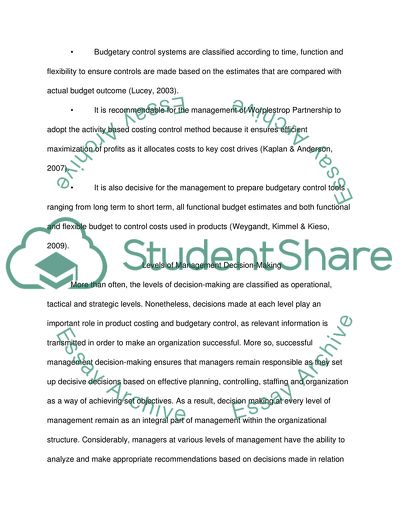Cite this document
(“Preliminary Analysis of Cost and Budgetary Information Systems Essay - 1”, n.d.)
Preliminary Analysis of Cost and Budgetary Information Systems Essay - 1. Retrieved from https://studentshare.org/finance-accounting/1450549-worplestrop-case-study
Preliminary Analysis of Cost and Budgetary Information Systems Essay - 1. Retrieved from https://studentshare.org/finance-accounting/1450549-worplestrop-case-study
(Preliminary Analysis of Cost and Budgetary Information Systems Essay - 1)
Preliminary Analysis of Cost and Budgetary Information Systems Essay - 1. https://studentshare.org/finance-accounting/1450549-worplestrop-case-study.
Preliminary Analysis of Cost and Budgetary Information Systems Essay - 1. https://studentshare.org/finance-accounting/1450549-worplestrop-case-study.
“Preliminary Analysis of Cost and Budgetary Information Systems Essay - 1”, n.d. https://studentshare.org/finance-accounting/1450549-worplestrop-case-study.


